Kirsten ter Avest
My name is Kirsten ter Avest and I’m an illustrator and traditional artist. I was born in 1997 in the Netherlands and still live there. I have a degree in Illustration and Graphic Design. It’s hard to describe my art in three words because I love to make very playful and colorful illustrations for picture books, on the other hand I enjoy making portraits and very dark art that express a lot of feelings and thoughts. I like to switch between heavy topics and very cozy illustrations. Adults should never let go of their inner child.
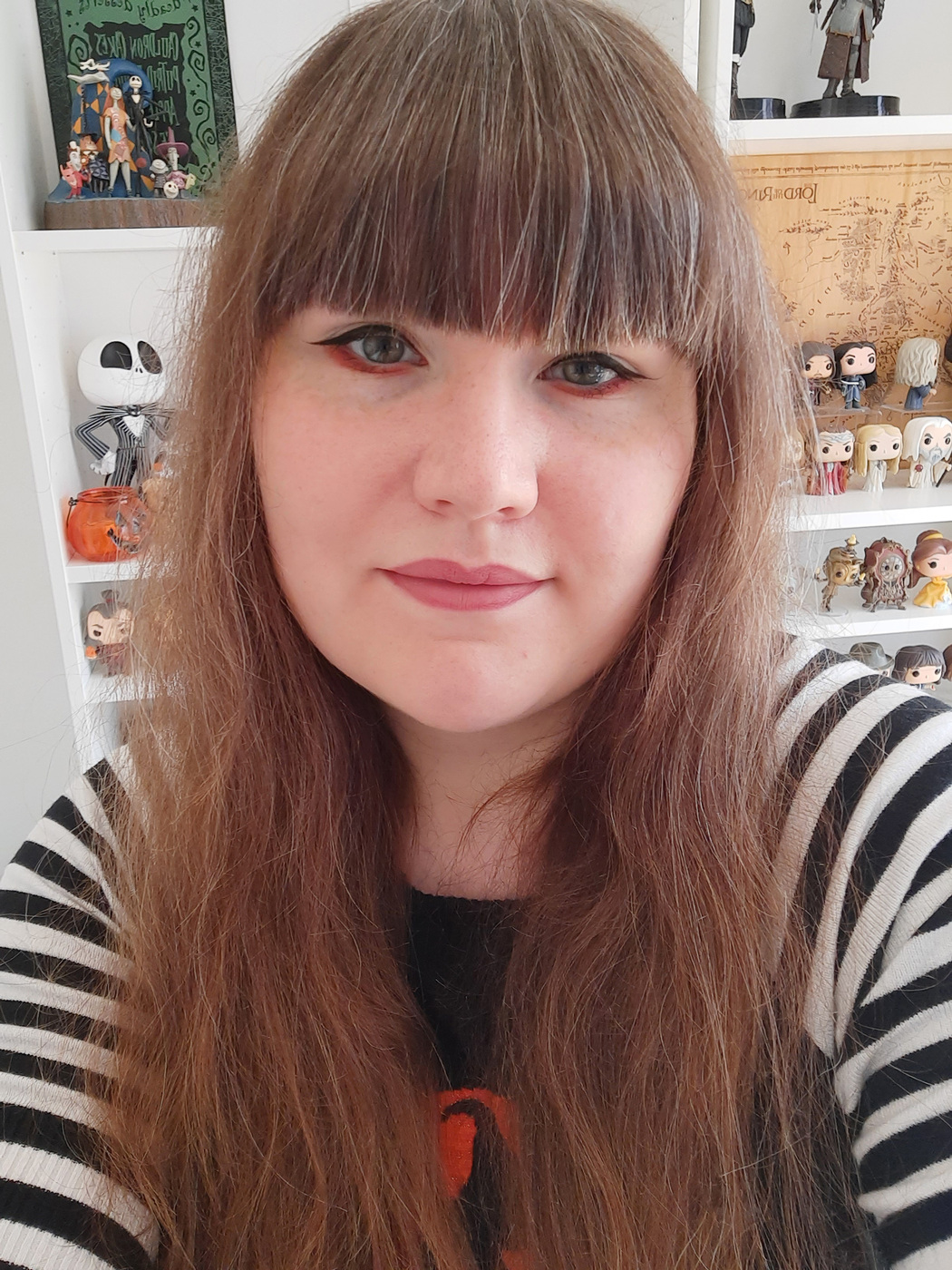
Can you tell us more about how your fascination with fantasy and owls influences your artwork?
My fascination with the fantasy world began when I saw The Lord of the Rings movies for the first time; I was 13, I think. I already collected little fairy figurines, but I really got into fantasy after seeing those movies. I was so impressed by the vast, beautiful world filled with stunning landscapes, villages, and creatures. It was a place where I could escape and forget reality. This inspired me to create my own worlds on paper—places that felt like an escape, bringing me peace, joy, and freedom. The world around us is always in a rush, and kindness is sometimes hard to find. I find all these things in my little worlds. I often choose animals as characters, and most of the time, I choose an owl. In 2019, I created my first picture book named “Oelie the Owl’s Search for the Moon.” Oelie is a curious little owl who wants to visit the moon because he’s really impressed by the big glowing ball. I created this world for Oelie, filled with wonders, and felt so much joy in the process. The best part about picture books is that everything is possible, just like in fantasy stories and movies.
How has your self-taught experience shaped your creative process, even after attending art school?
I feel much more freedom since graduating from art school. Looking back, I felt restricted during my time there. Even though the teachers encouraged me to do things my way, in the end, they still shaped my work according to their ideas or vision. I tried to develop my own style, wanting to explore and let it grow. They kept telling me to do things that didn’t suit me. I understand they wanted me to try different things, but by my third year, I felt it was crucial for teachers to encourage students to develop their own style. I had already graduated from another art school, so it was like my seventh year of studies. I thought it was time to work on my own art style. Now, I can paint, draw, and write whatever I want. In art school, I always had to make mood boards, a lot of sketches, and was often told not to use my first idea. While sketching is essential, too much sketching, especially with deadlines, wasn’t enjoyable. I often got tangled up in all my sketches and felt lost. Now, I feel much less pressure and enjoy the process more because I can work at my own pace. When I have an idea in mind, I no longer need permission.
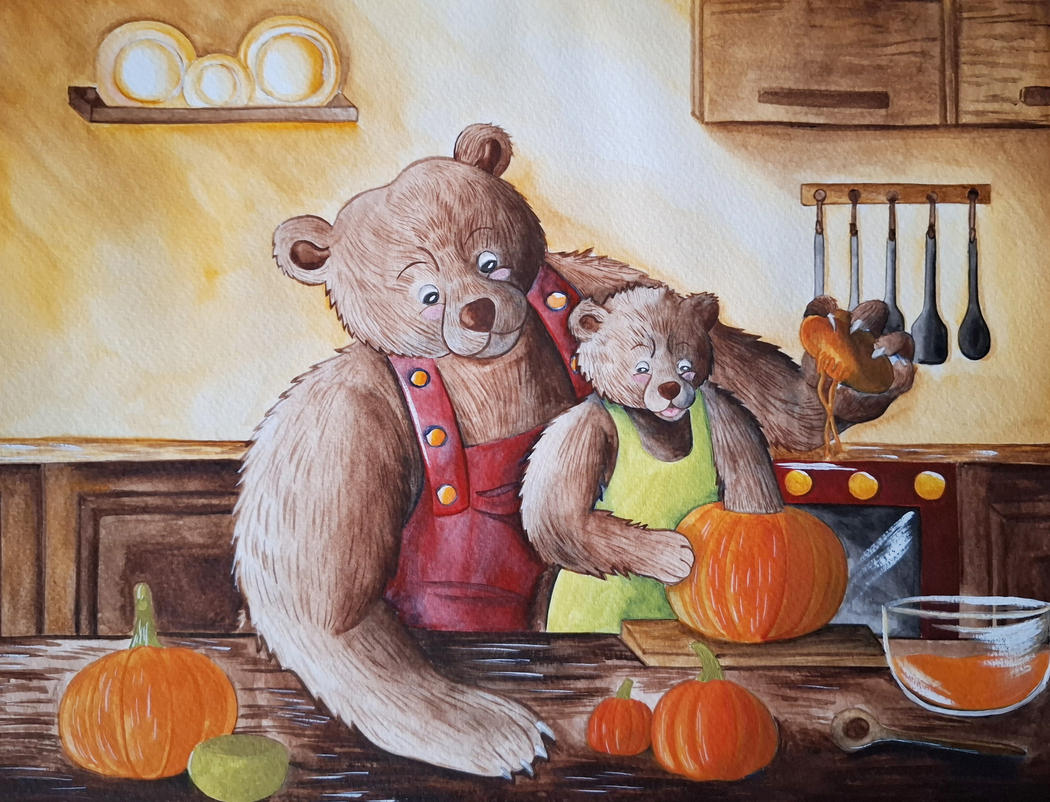 Kirsten ter Avest, Autumn Day, 2024
Kirsten ter Avest, Autumn Day, 2024
What inspired you to start working on picture books, and how do you approach the storytelling aspect?
My mother always read picture books to my brother and me when we were little. I loved looking at the illustrations and listening to the stories. Sometimes, my mother tried to skip parts of the book to get us to bed earlier, but we would always notice and say, “That’s not what the book says.” As I grew older, I forgot about picture books until I was 19 and had to create one for a school assignment. I fell in love with picture books again. I enjoyed the entire process, from writing the story to making the illustrations. Children’s imaginations are endless, so I loved creating the world of Oelie for them. With my stories, I try to go back to what I enjoyed as a kid and what made me happy. I also try to include things important to me as an adult, which I wish to share with children. I want to show them they’re not alone, even if adults sometimes struggle with these things. “Oelie” is about never stopping dreaming and never giving up. My second picture book, “Leo,” is about a left-handed polar bear. I’m left-handed myself, and I struggled with certain things in school, like cutting shapes with scissors or tying shoelaces. I wished there was a book about these “easy” things and how to deal with them, so that inspired me to write a book on left-handedness.
You mentioned that some of your artworks deal with darker themes. Can you share how creating these pieces helps you process your emotions?
I went through some tough years, and art became my escape. I’ve experienced the feeling of almost losing loved ones, anxiety, loneliness, feeling unsafe, and living in a place I never wanted to be. I’ve always had trouble sharing what’s on my mind because I didn’t want to burden others. Meanwhile, my mind was overflowing with negative thoughts, and I didn’t know what to do. That’s when I picked up my pencil and paintbrush to give those thoughts a place. I created two picture books about everything going on in my head. One book was almost entirely in black and white, while the other was divided into two parts—one part colorful, representing my escape from facing my emotions, and the other part black and white. Readers could start on either side but had to go through both sides, facing all emotions and thoughts. The stories I wrote were based on my own thoughts and experiences, such as loss, anxiety, and sadness. Through this book, I found a way to communicate and finally spoke with my parents and friends about everything I was feeling. Creating these books helped bring peace to my mind and opened up conversations.
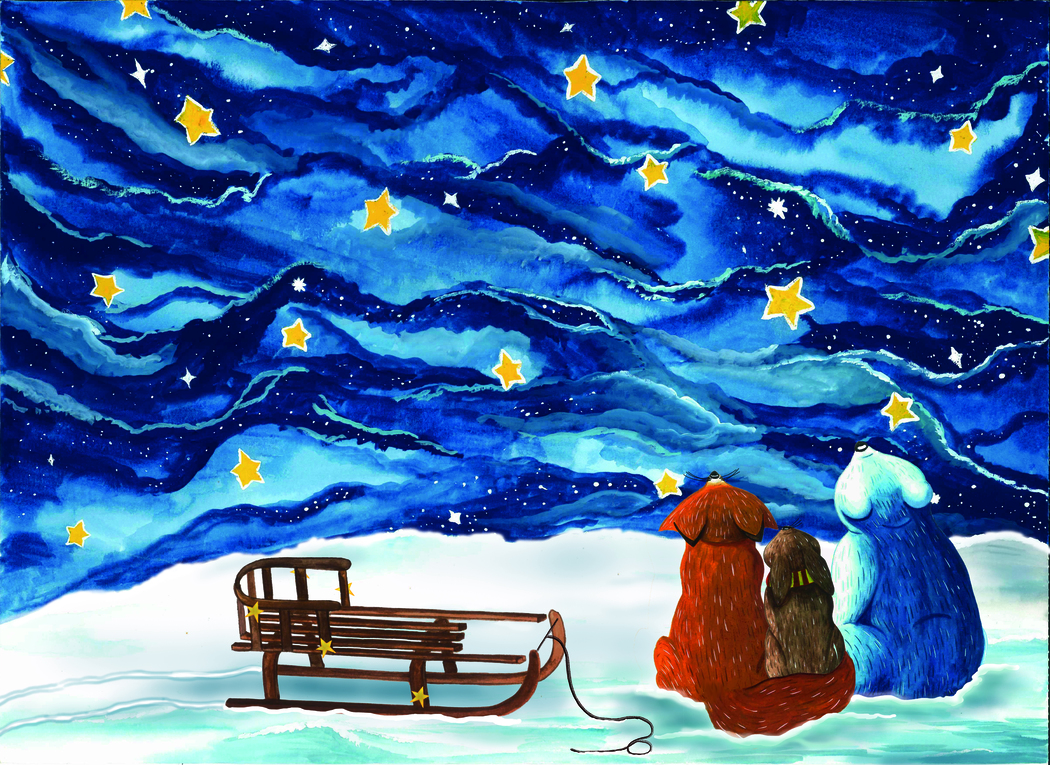 Kirsten ter Avest, Starry Night, 2024
Kirsten ter Avest, Starry Night, 2024
How do you balance the different styles in your work, from children’s picture books to more mature, emotional art?
It really depends on how I feel and who my audience is. Certain thoughts and emotions suit portraits better. Sometimes, I want to connect with adults to start a conversation or discussion. For mature art, I often use bold black inks and very dark colors, which give me a lot of freedom and feel like a relief. The chaos in my mind transfers to the paper. I would never use this style for a picture book. Although not all topics are suited for picture books, I think it’s sometimes important to address heavier topics with children, like death, since unfortunately, children experience it early. They may not know how to handle their feelings, and a book might help. I’d approach illustrations differently for children’s books, using more color and warmth to feel like a comforting hug.
Could you describe your technique when painting portraits of movie characters, especially your use of watercolor?
I always start with a good reference and sketch. I begin with the eyes and build up the face from there. It’s helpful to remember that the distance between the eyes is often equal to a third, invisible eye. Good watercolor paper is essential; I use Fabriano and Arches. For portraits, I mostly use Van Gogh watercolors, especially the brown shades, which I started using at 18. Recently, I switched to Winsor & Newton and Holbein. I use one shade of brown, adding more or less water to build shadows. For more intense shadows, I add less water. I prefer the wet-on-dry technique for more control, and if my shade is too dark, I add water to lighten it.
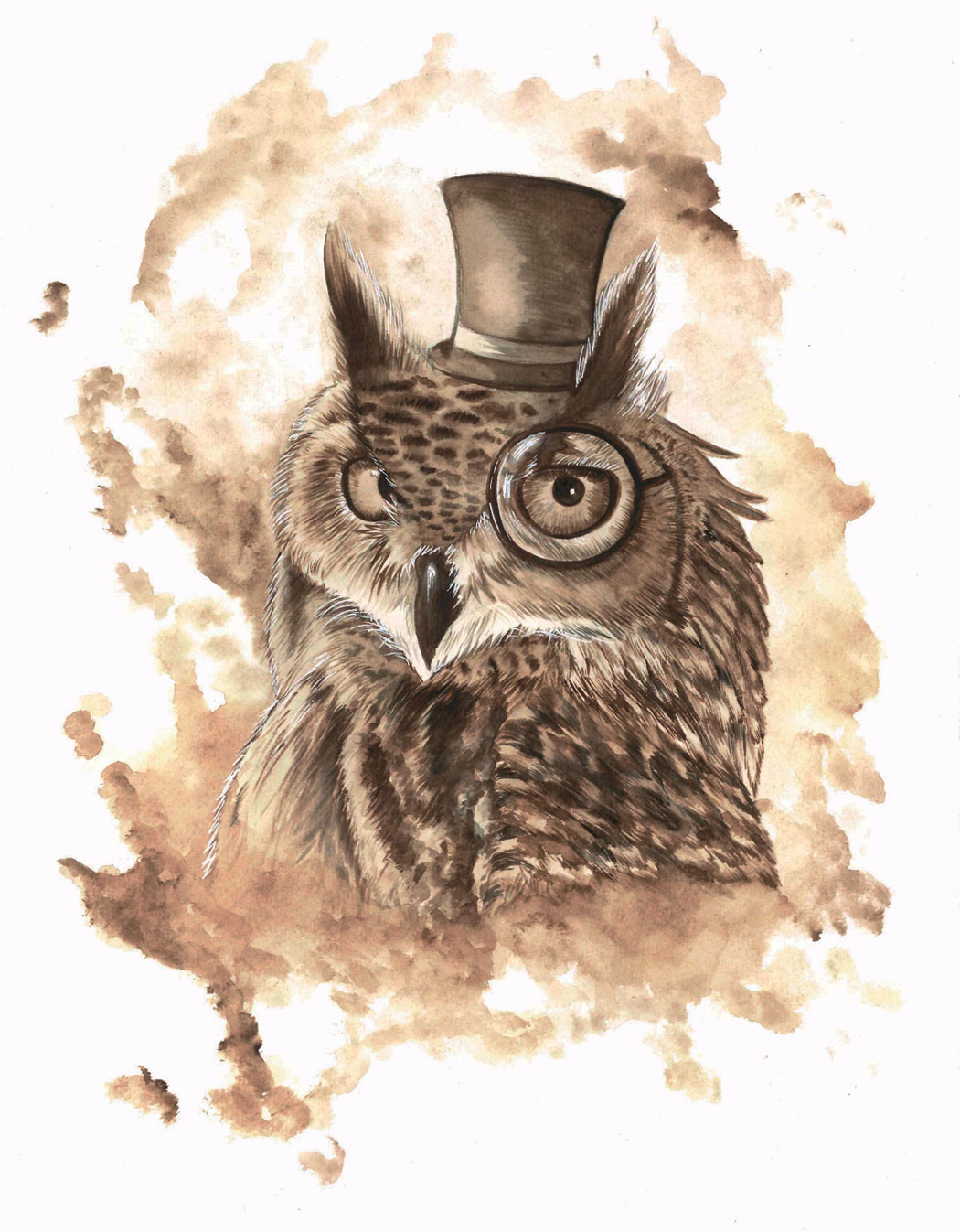 Kirsten ter Avest, Sherlock Owlmes, 2023
Kirsten ter Avest, Sherlock Owlmes, 2023
How do you hope your art connects with people, whether it’s through children’s books or more serious themes?
My dream is to become a picture book author and illustrator, creating cozy worlds, whether happy or serious. I hope to bring children joy and a break from the busy world, and also help them with certain issues. I’m currently seeking a publisher for my book “Leo” and hope to share it widely. I would also love to do commissioned paintings and visit conventions like Comic Con to share my work. I’m excited to see what the future holds and hope people feel inspired by my work.
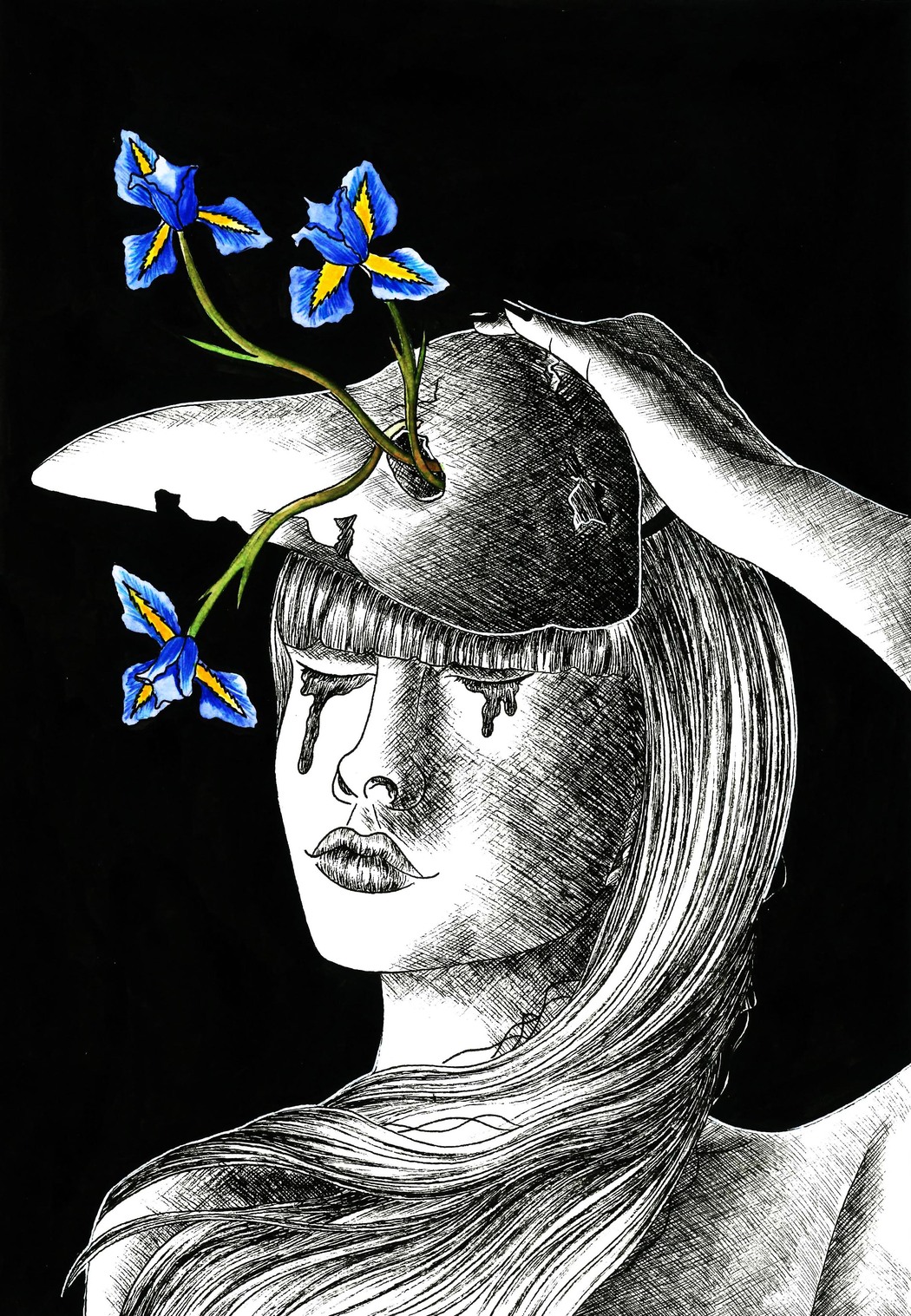 Kirsten ter Avest, Unmasked, 2023
Kirsten ter Avest, Unmasked, 2023

Leave a Reply